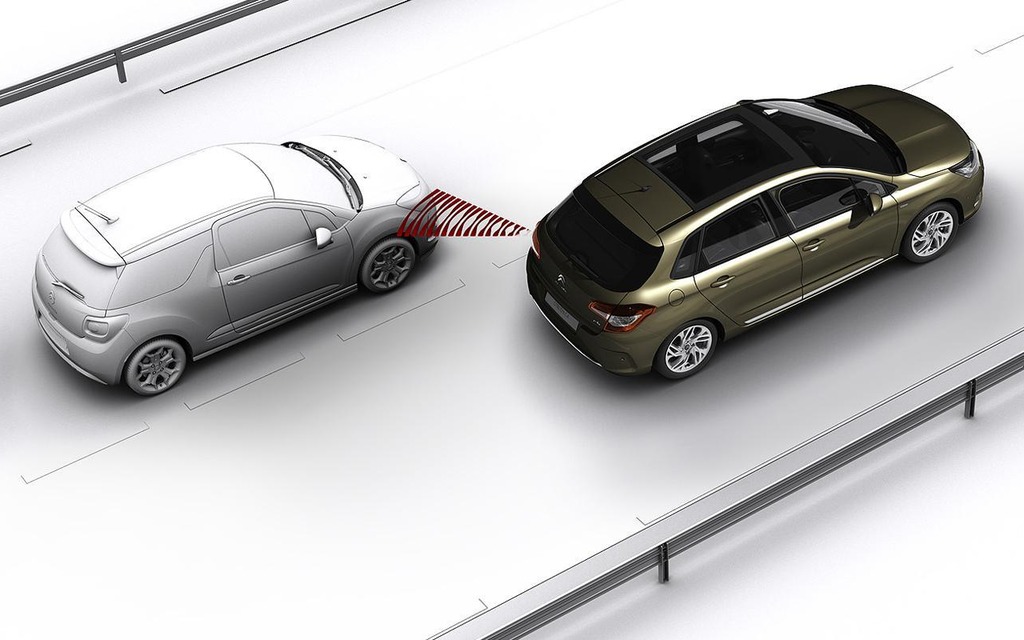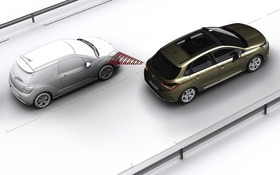Blind Spot Detection System: Your Trusty Co-Pilot
With the proliferation of multi-lane highways, it’s increasingly common for drivers to miss vehicles in their blind spots. How often do untimely lane changes result in collisions causing serious physical harm or material damage?
Fortunately, we now have blind spot detection systems to let us know when there’s an unseen vehicle in the other lane. Alerts come in the form of a blinking light on your sideview mirror or A pillar. Some automakers have also added an audio cue to warn drivers—just in case they forget to check their mirrors.
- Also: Drowsy Driver Alert: The Accessory that Could Save Your Life
- Also: Torque Vectoring, an Important Aspect of Active Safety
In 2004, Volvo made headlines by being one of the first manufacturers to equip cars with a system of this kind. Called the “Blind Spot Information System” (BLIS), it used a camera located under the vehicle’s sideview mirrors to detect trucks, cars or even motorcycles. Within a few months of its release, various comparable systems were developed and sold by other automobile manufacturers. Once reserved for luxury vehicles, blind spot detection systems are now available on competitively priced mass-market cars.
Over the years, automobile engineers have refined the way these systems work to detect objects and vehicles behind your car. Some cars even include a side collision avoidance system that warns you when another vehicle is headed toward you. This is really useful in shopping mall parking lots. Rear backup cameras are also derived from the original BLIS system.









